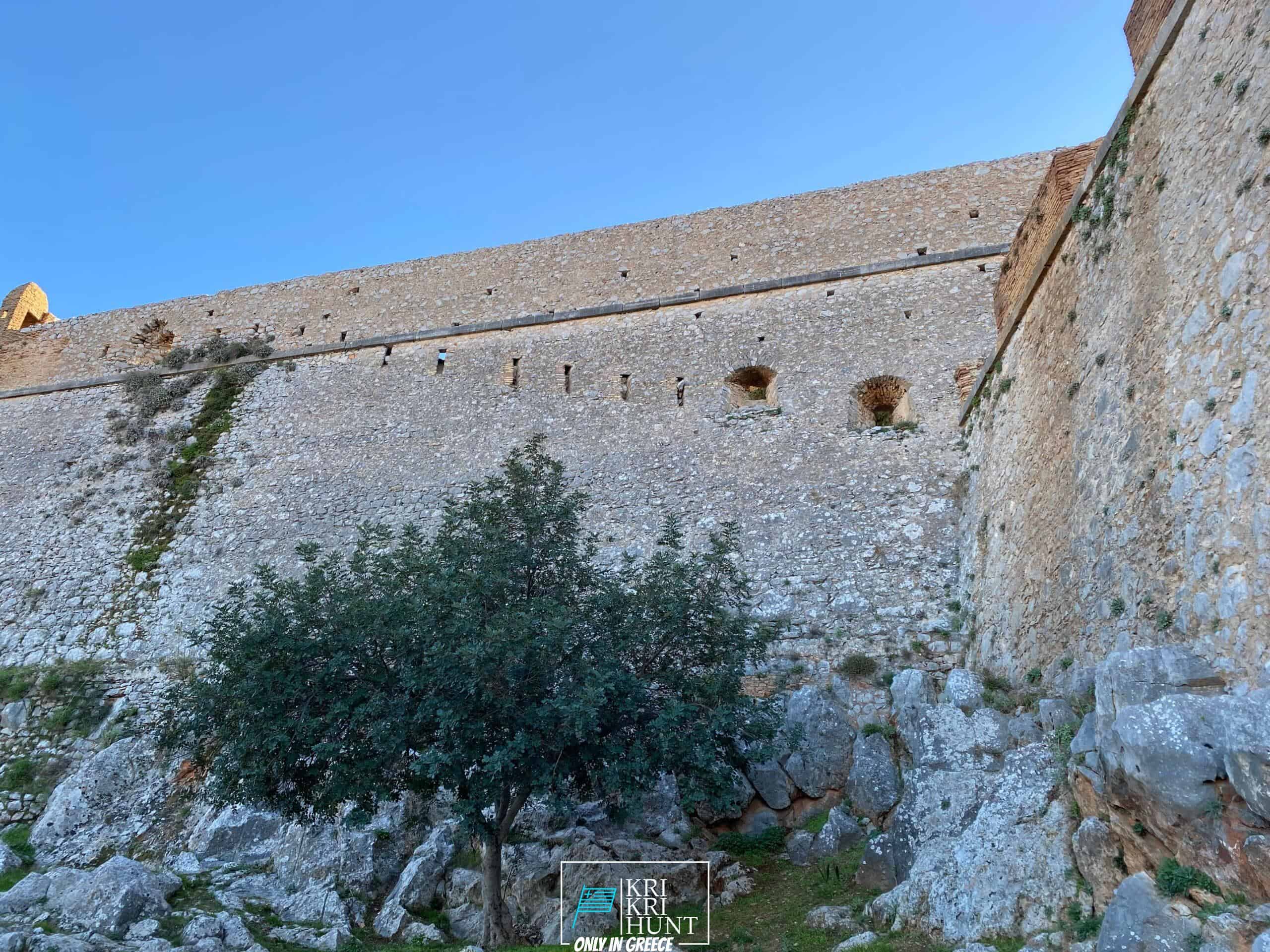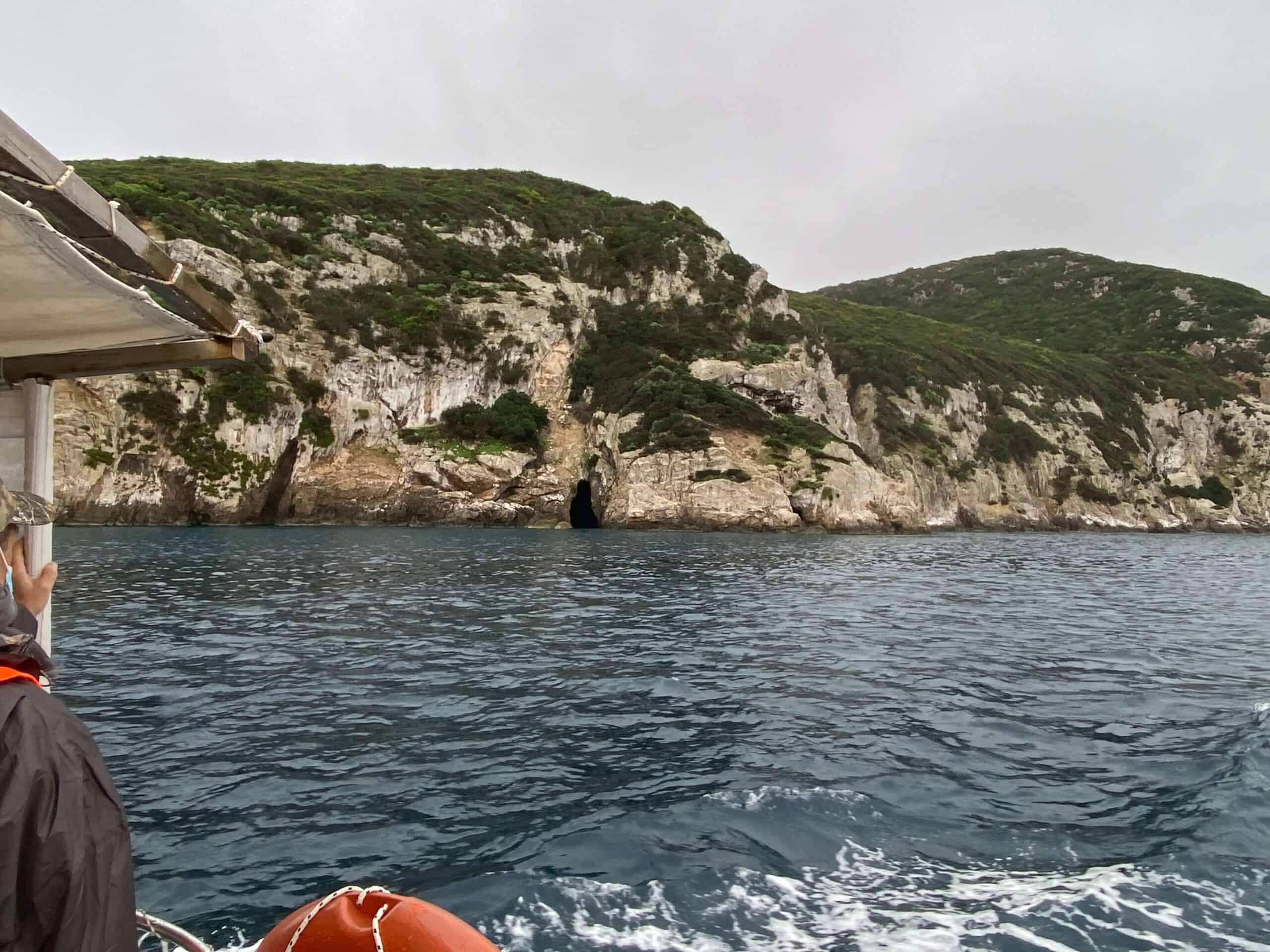Searching as well as free diving, angling on the Greek islands
Searching as well as free diving, angling on the Greek islands
Blog Article

They claim that the Peloponnese peninsula is the "actual" Greece. As well as we state, if you're searching for an unforgettable adventure, our hunting and touring Peloponnese excursion from Methoni is the ideal means to experience all that this beautiful country needs to use.

The kri-kir is not believed to be indigenous, more than likely having arrived on Crete while of Minoan human being. Searching kri kri ibex in Greece is tough, whether you're a local hunter or a worldwide one. Hunting big game in Greece is limited, so regional hunters must seek wild boars or roe deer (Kri Kri ibex might only be pursued on specific guarded islands). Two islands, Atalanty and Sapientza, are 300 kilometres and also 150 kilometres off the coast of Athens, respectively, where we give the opportunity to hunt this one-of-a-kind animal. According to Greek law, the Kri Kri ibex and mouflon may just be shot on special hunting locations from morning up until noon. Just shotguns are permitted, and also just slugs may be used. You need to book a year ahead of time for these licenses, as only serious seekers are permitted on these journeys. To guarantee that only major hunters come on these hunts, the licenses are released by the Greek Ministry of Nature as well as Agriculture and the government issues a particular variety of them annually.
What to Expect on a Peloponnese Tour? When you reserve among our hunting as well as visiting Peloponnese Tours from Methoni, you can expect to be surprised by the natural beauty of the location. From the beautiful beaches to the hills and woodlands, there is something for everyone to appreciate in the Peloponnese. On top of that, you will have the opportunity to taste several of the most effective food that Greece has to use. Greek cuisine is renowned for being fresh and tasty, as well as you will certainly not be let down. One of the most effective components about our trips is that they are made to be both enjoyable as well as academic. You will certainly learn about Greek history and also culture while likewise getting to experience it firsthand. This is an impressive chance to immerse on your own in everything that Greece has to use.
If you're seeking an authentic Greek experience, then look no further than our exterior searching in Greece with angling, as well as complimentary diving tours of Peloponnese. This is an unforgettable way to see everything that this impressive region needs to offer. Schedule your trip today!
What is the diference between Kri Kri ibex, Bezoar ibex and hybrid ibex
The kri-kri is not thought to be indigenous to Crete, most likely having been imported to the island during the time of the Minoan civilization. Nevertheless, it is found nowhere else and is therefore endemic to Crete. It was common throughout the Aegean but the peaks of the 8,000 ft (2,400 m) White Mountains of Western Crete are their last strongholds–particularly a series of almost vertical 3,000 ft (900 m) cliffs called ‘the Untrodden’—at the head of the Samaria Gorge. This mountain range, which hosts another 14 endemic animal species, is protected as a UNESCO Biosphere Reserve. In total, their range extends to the White Mountains, the Samaria National Forest and the islets of Dia, Thodorou, and Agii Pandes.
This Ibex is NOT a diminutive form of the Bezoar Ibex, which has migrated into the western-most reach of the range of this species. The kri – kri (Capra aegagrus cretica), sometimes called the Cretan goat, Agrimi, or Cretan Ibex, is a feral goat inhabiting the Eastern Mediterranean, previously considered a subspecies of wild goat. The kri-kri has a light brownish coat with a darker band around its neck. It has two horns that sweep back from the head. In the wild they are shy and avoid tourists, resting during the day. The animal can leap some distance or climb seemingly sheer cliffs.
“The agrimi goat Capra aegagrus cretica is unique to Crete and its offshore islands. It has been identi®ed as a sub-species of the wild bezoar goat Capra aegagrus aegagrus Erxleben, 1777, which it closely resembles in horn shape, body form and coloration. This classi®cation has been disputed by some researchers who claim that the agrimi are feral goats, derived from early domestic stock brought to the island by the ®rst Neolithic settlers. In order to clarify this issue, DNA analyses (cytochrome b and D loop sequences) were carried out on tissue of live and skeletonized agrimi and compared to sequences of wild and domestic caprines. Results conclusively show the agrimi to be a feral animal, that clades with domestic goats (Capra hircus) rather than with wild Asiatic bezoar. This study demonstrates that morphometric criteria do not necessarily re¯ect genetic af®nities, and that the taxonomic classi®cation of agrimi should be revised.”
Report this page